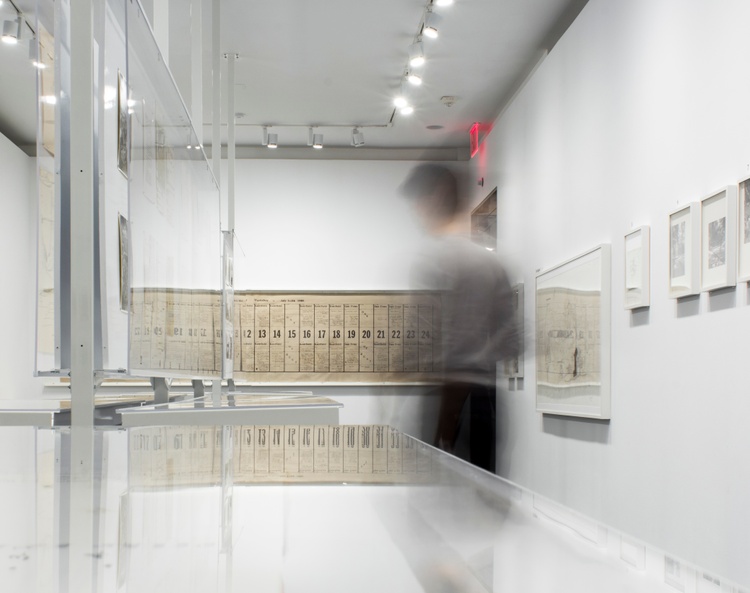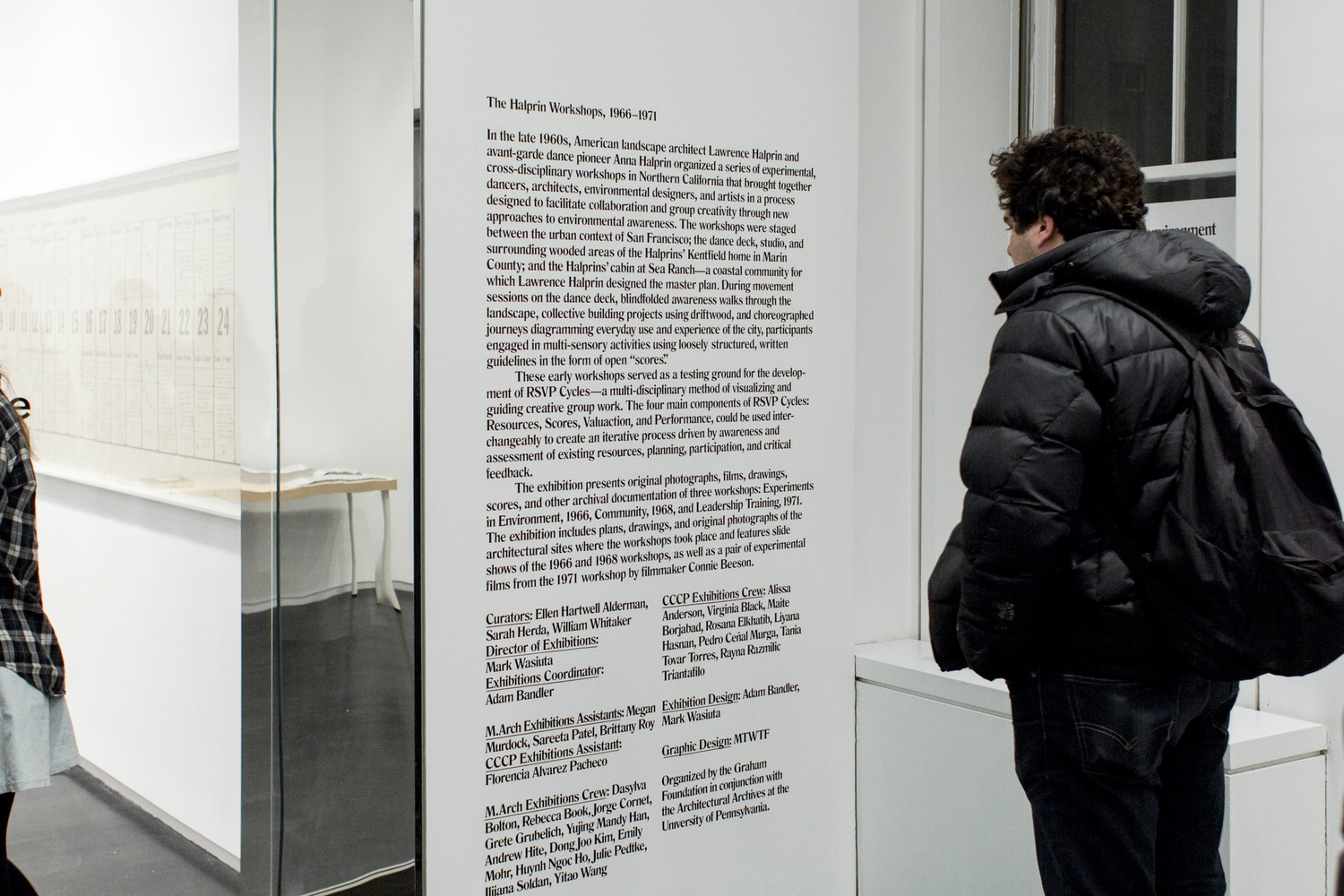A
AIA CES Credits
AV Office
321M Fayerweather Hall
Abstract Publication
415 Avery Hall
Academic Affairs
400 Avery Hall
Academic Calendar, Columbia University
Academic Calendar, GSAPP
Admissions Office
407 Avery Hall
1172 Amsterdam Avenue
New York, New York 10027
Advanced Standing Waiver Form
Must be printed and returned to 400 Avery Hall
Alumni Board
Alumni Office
405 Avery Hall
1172 Amsterdam Avenue
New York, New York 10027
Architecture Studio Lottery
Assistantships
Avery Library
300 Avery Hall
1172 Amsterdam Avenue
New York, NY 10027
Avery Review
Avery Shorts
B
Black Student Alliance at Columbia GSAPP
Building Science & Technology Waivers
Bulletin Archive
C
Career Services
300M Avery Hall
Columbia Books on Architecture and the City
Commencement
Communications Office
415 Avery Hall
Conversations podcast
Counseling and Psychological Services
Courses
Credentials Verification
Credit Transfer
Cross Registration
D
Dean’s Letter
Dean’s Office
402 Avery Hall
1172 Amsterdam Avenue
New York, NY 10027
Development Office
404 Avery Hall
Directory of Classes (All Columbia University)
Disability Services
Dodge Fitness Center
3030 Broadway Dodge
Dual Degree Program Requirements
E
End of Year Show
Events Office
415 Avery Hall
External Funding Sources
F
Faculty Directory
Feedback
Finance Office
406 Avery Hall
Fitch Colloquium
Future Anterior Journal
G
GSAPP Community Fellowship Program
GSAPP Emergency Fund
GSAPPX+
Grades
Graduation
Graphics Project
H
Honor System
Human Resources
Hybrid Pedagogy Resources
I
IT Helpdesk Ticket, GSAPP
IT Office, GSAPP
IT, Columbia University (CUIT)
Identity
Incubator Prize
International Students and Scholars Office (ISSO)
N
News and Press Releases
Newsletter Sign Up
Non-Discrimination Statement and Policy
O
Onera Prize for Historic Preservation
Online Admissions Application
GSAPP Admissions 407 Avery Hall
Output Shop
116 Avery Hall
1172 Amsterdam Avenue
New York, NY 10027
Ownership of Student Work Policy
P
Paris Prize, Buell Center
Paul S. Byard Memorial Lecture Series
Percival & Naomi Goodman Fellowship
Plagiarism Policy
Policies & Resources
Press Releases
Publications Office
415 Avery Hall
1172 Amsterdam Avenue
New York, New York 10027
R
Registration
Registration: Add / Drop Form
Room Reservations
S
STEM Designation
Satisfactory Academic Progress
Scholarships
Skill Trails
Student Affairs
400 Avery Hall
Student Awards
Student Conduct
Student Council (All Programs)
Student Financial Services
Student Health Services at Columbia
Student Organization Handbook
Student Organizations
Student Services Center
205 Kent Hall
Student Services Online (SSOL)
Student Work Online
Studio Culture Policy
Studio Procedures
Summer Workshops
Support GSAPP
The Halprin Workshops
Arthur Ross Architecture Gallery
In the late 1960s, American landscape architect Lawrence Halprin and avant-garde dance pioneer Anna Halprin organized a series of experimental, cross-disciplinary workshops in Northern California that brought together dancers, architects, environmental designers, and artists in a process designed to facilitate collaboration and group creativity through new approaches to environmental awareness. The workshops were staged between the urban context of San Francisco; the dance deck, studio, and surrounding wooded areas of the Halprins’ Kentfield home in Marin County; and the Halprins’ cabin at Sea Ranch—a coastal community for which Lawrence Halprin designed the master plan. During movement sessions on the dance deck, blindfolded awareness walks through the landscape, collective building projects using driftwood, and choreographed journeys diagramming everyday use and experience of the city, participants engaged in multi-sensory activities using loosely-structured, written guidelines in the form of open “scores.”
These early workshops served as a testing ground for the development of RSVP Cycles—a multi-disciplinary method of visualizing and guiding creative group work. The four main components of RSVP Cycles: Resources, Scores, Valuaction, and Performance, could be used interchangeably to create an iterative process driven by awareness and assessment of existing resources, planning, participation, and critical feedback.
The exhibition presents original photographs, films, drawings, scores, and other archival documentation of three workshops: Experiments in Environment, 1966; Community, 1968; and Leadership Training, 1971. The exhibition includes plans, drawings, and original photographs of the architectural sites where the workshops took place and features slide shows of the 1966 and 1968 workshops, as well as a pair of experimental films from the 1971 workshop by filmmaker Connie Beeson.











